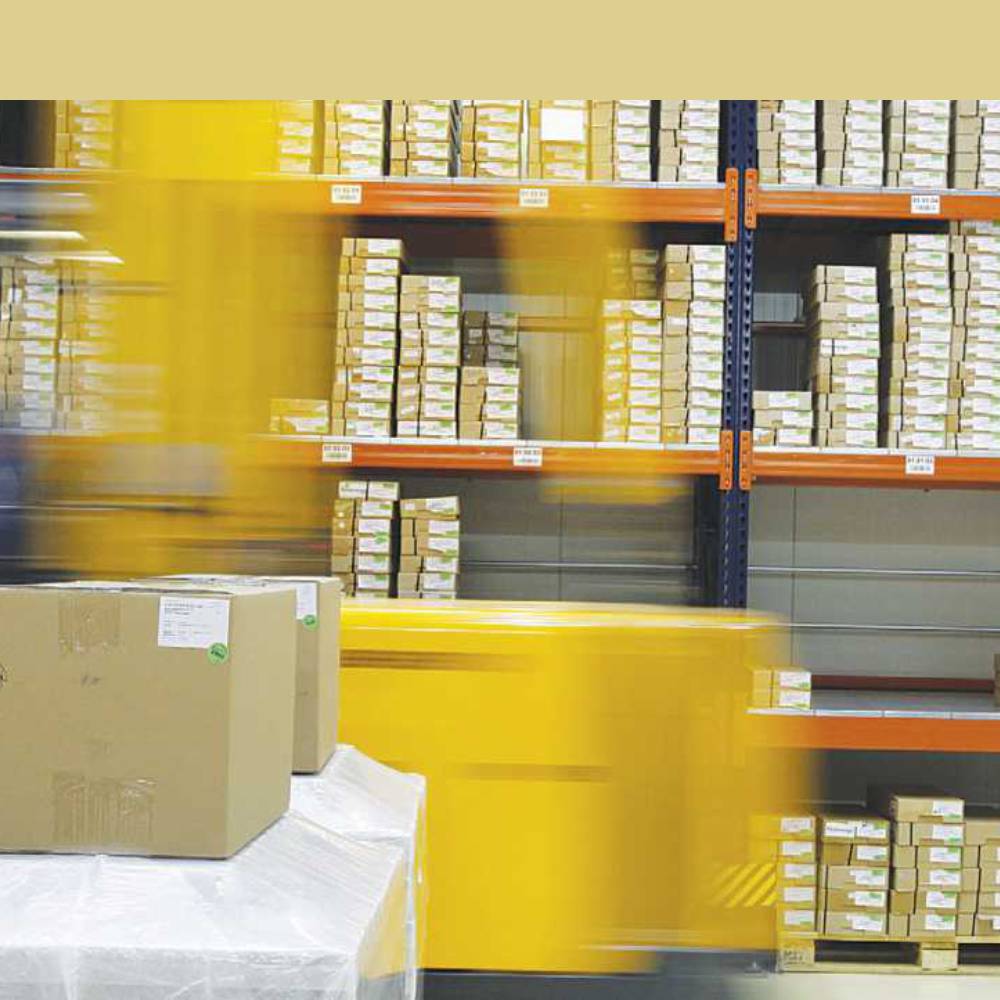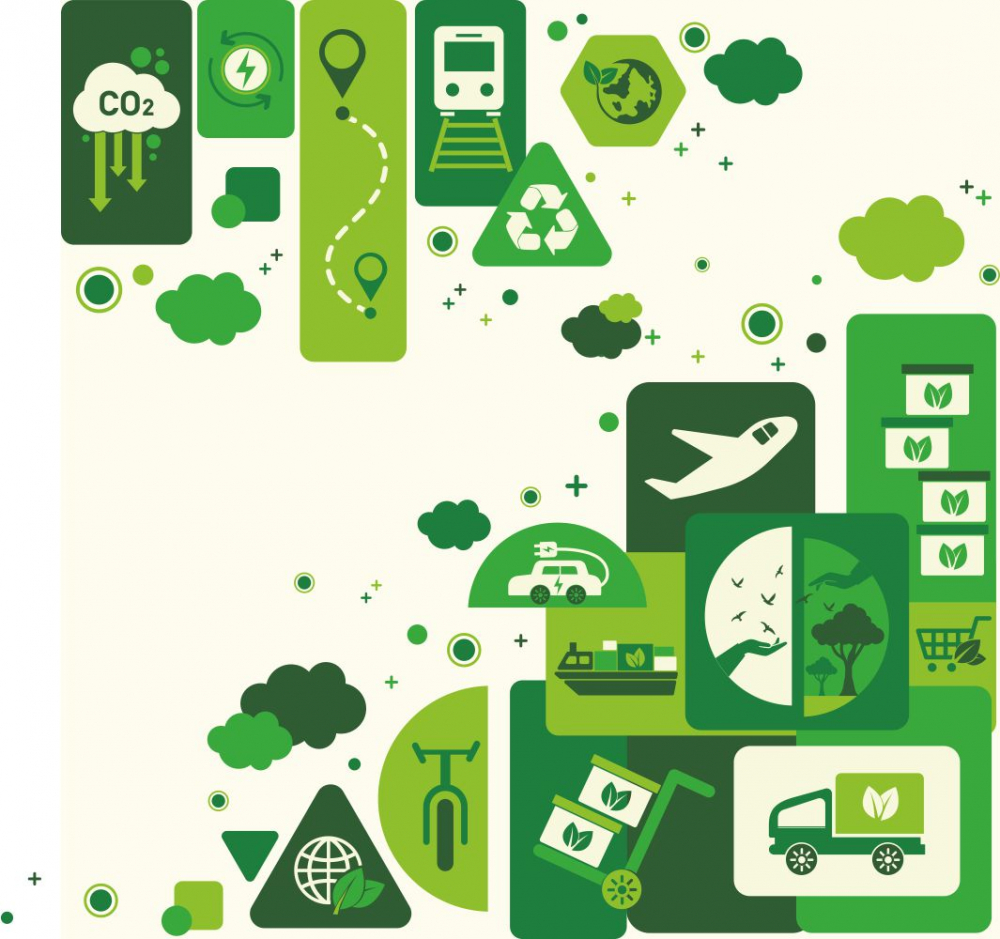Cost and time are key factors in raising the bar of logistical efficiency in consumer electronics. Packaging material is an important component to help lower the overall logistics cost and should be selected keeping in mind the material production cost, lead time and storage space. Mr Manmath K Mishra, Packaging Consultant, Innopack Packaging Consultants shares insights on optimizing logistics and inventory carrying costs.
Fast-evolving technology and unpredictable life spans have been a characteristic of the consumer electronics industry, which has proven to be one of the fastest growing sectors in the last decade. This sector has its own unique challenges and the following major issues need to be taken into consideration:
- Rapid product obsolescence, leading to unpredictable reordering cycles
- Shorter fulfilment times to respond to spikes in demand
- Reverse logistics to accommodate the 4-5% return rate
- Sustainability issue, by giving equal emphasis to both packaging and product disposal.
- Chances of product or part mixing errors and pilferage
- Fragile and costly products
Packaging can be pivotal in addressing these key issues and ultimately contribute to a more efficient supply chain. To make the most of it, packaging should incorporate all the necessary requirements at the time of conceptualization itself. While conceptualizing the package design for electronic products, the two major safety concerns are Electromagnetic Interference and Electrostatic Discharge, from which the products need to be protected. This is done by introducing antistatic agents to the primary packaging, keeping in mind the sensitivity of products.
Cost and time are other major factors when packaging is conceptualized. When packaging material is selected, a perfect balance should be struck between cost, availability and the production lead time. To add to this, one should also aim for the packaging material to occupy the least amount of storage space. Paper-based packaging materials have proven to best suit these purposes and are widely used in the industry. All of these put together, make for a highly optimized logistics cost and result in a reduced inventory carrying cost. To ensure that the packaging is designed keeping sustainability in mind, looking at concepts like packaging rentals can prove highly useful, and can also help address the issue of unpredictability in demand.
FITTING THE PURPOSE
Keeping in mind the rapid product obsolescence of electronic products, packaging needs to be designed to fit multiple products. The size of packaging should be optimized in such a way that it may accommodate a range of products, depending on the requirement. This would immensely help avoid dedicated packaging for each SKU.
There has been a history of large corporations around the world redesigning their packaging to reduce the dimensions by a certain margin to lower transit and inventory costs dramatically. Also, in the interest of sustainability, packaging material should be chosen wisely by avoiding EPS or thermocol, which are widely used for consumer electronics today. Since these materials are non-biodegradable and non-recyclable, it poses a serious threat to the environment- especially since India lacks the required infrastructure to recycle such materials.
Fortunately, the market is slowly starting to fill up with sustainable materials like starch-based cushioning solutions, recyclable film-based void filling solutions and paperboard and honeycomb-based fitments. These can be efficient replacements for EPS, and as time progresses, a higher competition in the market may lead to more optimized pricing. Adding reverse logistics into the mix could be a great idea to effectively managing disposal of the packaging material. These are some of the concepts that can be implemented in the interest of CSR activities and to optimize costs.
ADDRESSING THE HAZARDS DURING TRAVERSAL
Addressing the issues of possible theft and piracy are major concerns for suppliers, considering the long history of pilferages that the companies have had to face. A variety of creative solutions are already available in the market that efficiently address some of these concerns. One of the design implementations involves a labelling system that is fit in such a way that a message is secretly sent to a Addressing the issues of possible theft and piracy are major concerns for suppliers, considering the long history of pilferages that the companies have had to face. A variety of creative solutions are already available in the market that efficiently address some of these concerns. One of the design implementations involves a labelling system that is fit in such a way that a message is secretly sent to a predesignated message centre as soon as it is opened. Yet another concept employs a dyeing system upon opening the package, which may serve as evidence in case of theft.
Lastly, the transport worthiness of packaging proves to be the most important part of package design. To protect the product from transport hazards, four basic categories of traversal damage need to be addressed shock, vibration, compression and atmospheric damage. To ensure that the packaging material is designed to withstand each of these hazards, a laboratory test method is put in place, that simulates these conditions. The findings of subjecting the packaging material to these simulated conditions plays a vital role in the decision-making process. These tests also help evaluate the amount of packaging required to maintain product integrity. As a result, it helps make cost-saving decisions of removing excess packaging, while also improving customer satisfaction.
There are several standards available worldwide from different organizations like ASTM (American Society for Testing and Materials), ISO (International Organization for Standardization), ISTA International Safe Transit Association), IEC (International Electro-technical Commission) and TAPPI (Technical Association of the Pulp and Paper Industry). For India, BIS standards are also available related to transport package testing. To ensure top quality, packaging is primarily subjected tests like climatic tests, impact and drop tests, compression tests, vibration tests and altitude tests. Apart from these, if there are additional requirements, there are several tests that can be implemented to match specific needs.
CLIMATIC TESTING: Climatic Conditioning or Climatic Testing involves exposing a package or a product to different controlled levels of temperature and humidity inside a calibrated test chamber. This simulates a range of climatic changes that it may encounter during the distribution phase like changes in humidity or heat levels.
IMPACT AND DROP TESTING: Impact and Drop Testing are used to assess the fragility of a packaged product by simulating the shocks that the packaging or palletized product may encounter while being handled. At this stage, the packaging material is evaluated against different repeatable impacts similar to those they may be subjected to in the distribution environment.
COMPRESSION TESTING: Compression Testing is a method for determining the behavior of packaging and or products under crushing compressive force. Compression testing is used in both package and product design verification to determine the strength of their performance under varying compressive loads.
VIBRATION TESTING: Here, the ability of a package to withstand transport vibrations and to protect its contents can be measured by several laboratory test procedures. Sine and Random test methods are often used for vibration testing. The two test methods are not equivalent and may not produce the same results. Random vibration is the better simulation of actual transport vibration environments and is the preferred method for validation.
ALTITUDE TESTING: Altitude Testing is intended to provide for the anticipated variation in air pressure when products and packages, that may be sensitive to spikes in environmental pressure, are transported by air or by road over areas at high altitudes.
These five testing parameters can be effectively utilized to design a suitable transport pack which can address various aspects of transport hazards that the products and their packaging may encounter during the distribution cycle. This would lead to lesser damages to the product with optimum utilization of the packaging material.

Categories

Magazine Editions























